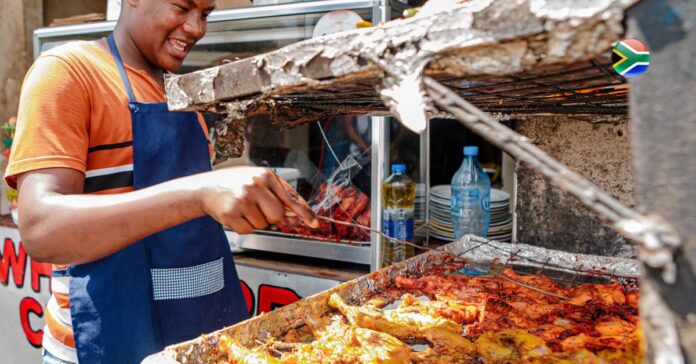Street food is a popular choice among Kenyans in informal settlements, providing a quick and affordable bite on the go.
According to research by the Food and Agriculture Organization (FAO), approximately 40% of Kenyans living in these areas consume street food.
Recognized by the World Health Organization, June 7th is observed as World Food Safety Day, emphasizing the importance of preparedness for food safety incidents, whether mild or severe.
There’s a local Kenyan joke that suggests the tastiest street food is found where the vendor’s coat is dirtiest.
Indeed, street foods often lack the luxury of hygiene, being prepared roadside amidst dust and smoke.
Some of the most popular street foods include mtura, nyama choma, kichwa ya mbuzi/ng’ombe chipo mwitu, mahindi choma, bajia, viazi karai, chapati-smokie, mayai pasua, and smokies, among others.
These dishes can provide a satisfying meal for as little as Ksh 100, featuring items like ugali, nyama choma with kachumbari and pepper, and sometimes bone soup.
Nyama choma isn’t just a meal but also a social occasion, bringing together family and friends over a few bottles and casual conversation.
Street fries (chipo mwitu) and mayai pasua are also popular, enjoyed with kachumbari.
Chapati-smokie, a newer delicacy, has gained popularity for its affordability and completeness as a meal-in-one, featuring chapati, smokies, and kachumbari, ideal for those on the move to work or school.
Despite its popularity, street food does pose risks. The WHO identifies over 200 diseases caused by contaminated food, affecting one in ten people globally each year.
Educating street food vendors on hygienic practices such as regular handwashing, food covering, wearing clean attire, and adhering to health guidelines is crucial for minimizing these risks.
Both consumers and vendors play a role in ensuring food safety and preventing contamination, promoting healthier street food options for all.

